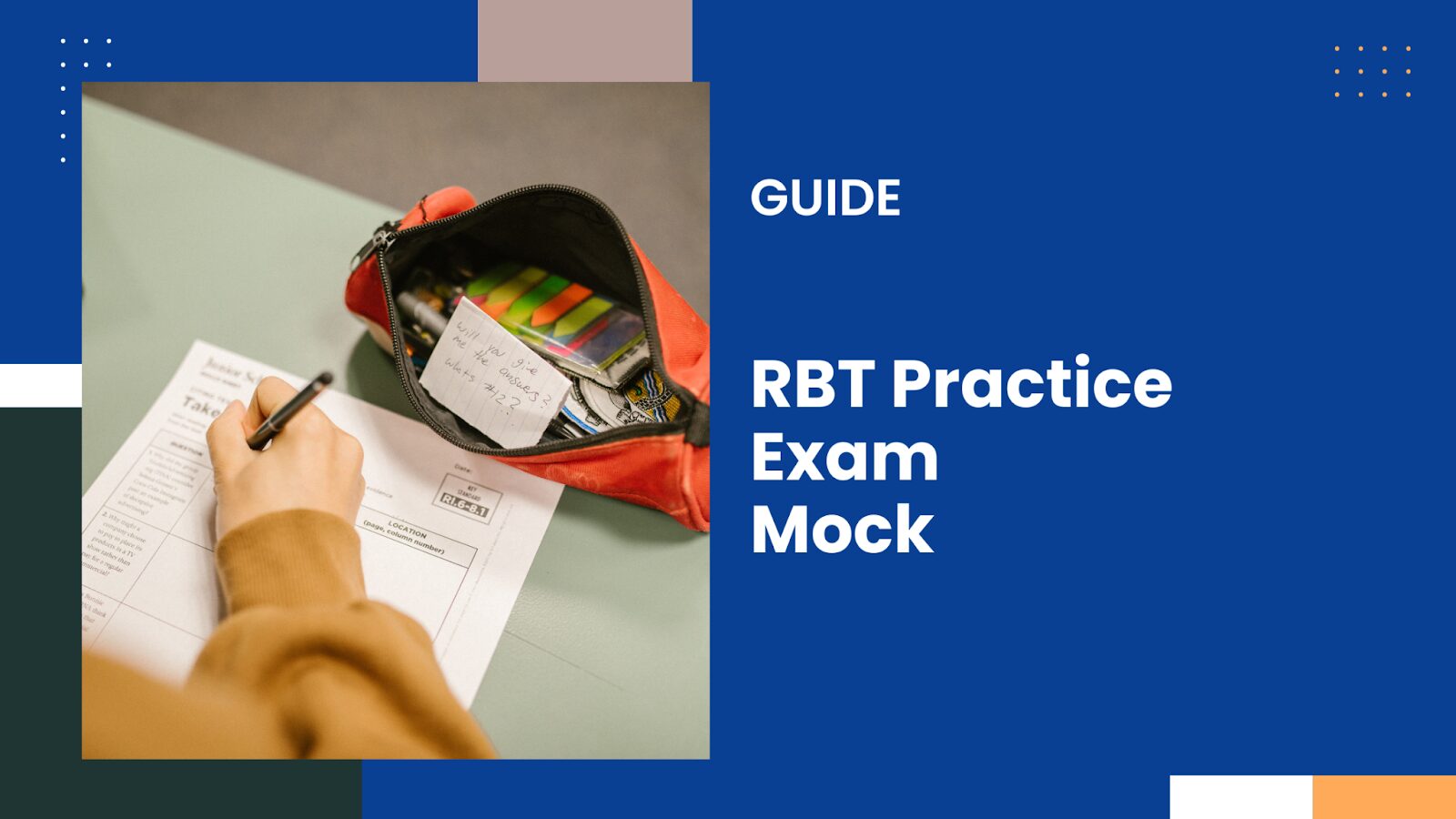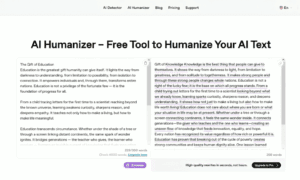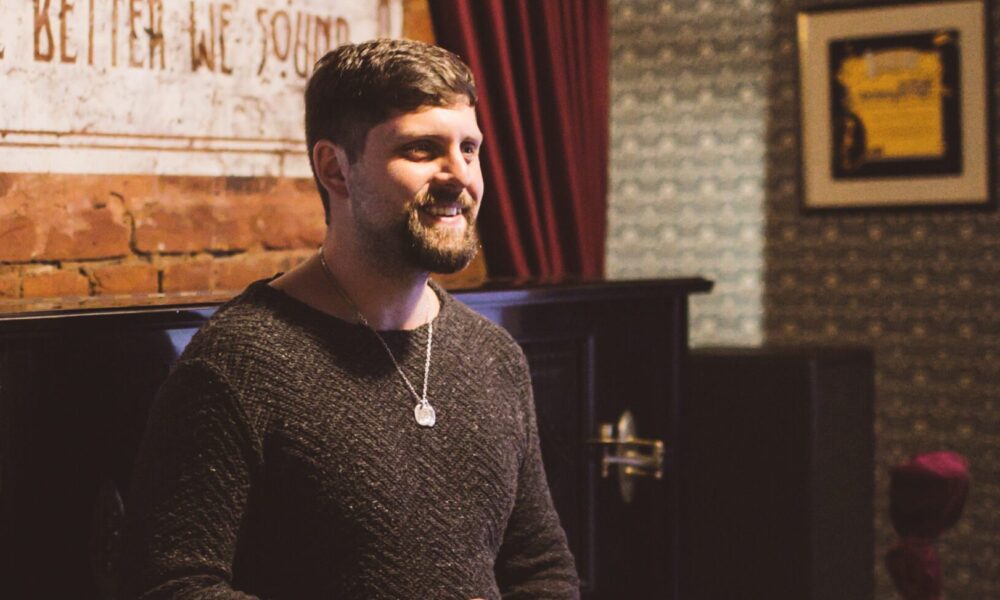Prepare for your RBT exam with our free, full-length practice tests designed to mirror the real exam. Sharpen your skills, boost your confidence, and identify weak spots—no signup required. Start practicing today and pass your RBT exam with ease!
As someone who’s spent years supervising and coaching aspiring behavior techs, I’ve watched countless people approach the RBT exam like it’s a final boss in a video game—heads down, flashcards flying, panic mode fully activated.
The truth?
You don’t need to out-study the exam. You need to out-strategize it.
Just like we teach in ABA—behavior follows patterns, and so does this exam.
Practice RBT Practice Exam: 👉 Visit Free RBT Mock Test Website
(via Sarah Keish from rbtpracticemockexam.com)
Why the RBT Exam Isn’t as Scary as It Sounds
Let’s clear something up right away: The RBT (Registered Behavior Technician) exam isn’t designed to trick you. It’s not a secret handshake into the inner circle of behavioral science.
It’s a standardized assessment meant to check whether you understand the basics of working with clients, collecting data, reducing harmful behaviors, and, most importantly, knowing when to call in your BCBA.
Still, I get it. You’re nervous.
You’re Googling things like “Is the RBT exam hard?” and hoping Reddit gives you peace of mind. (Spoiler: Reddit says yes and no, which isn’t super helpful.)
But here’s what helped my supervisees most: a practice-first approach—one that mirrors the way we actually learn best in behavior analysis.
Practice Exams Are More Than Just Rehearsals
If you’re using RBT practice exams like glorified pop quizzes, you’re doing it wrong.
Here’s how I recommend using them:
- Use them diagnostically: Your first practice test should be a full 85-question simulation. Don’t worry about the score. Worry about why you missed what you missed.
- Chunk your studying by the Task List: Each question on the exam ties back to one of six content areas (Measurement, Assessment, Skill Acquisition, Behavior Reduction, Documentation, and Ethics). If you bomb the Measurement questions? That’s your signal.
- Don’t just memorize—analyze: A lot of people treat definitions like flashcards. The problem is, the exam isn’t asking you to define “extinction.” It’s asking you what to do when a client starts crying because you stopped reinforcing their tantrum.
Scenario Questions Are the Hidden Challenge
The most common surprise for first-time test-takers? How situational the questions are.
Instead of:
“What is a continuous measurement procedure?”
You’ll get:
“You’re collecting data on every instance a client hits their head. What measurement method are you using?”
It’s subtle, but it’s the difference between book smarts and job smarts. That’s why scenario-based practice questions are gold. Look for prep materials that challenge you to think like a tech, not just recite terminology.
My Top 3 RBT Practice Exam Hacks
Here’s what I’ve seen work, time and again:
1. Simulate the Real Thing
Take at least one full-length practice test in a quiet space. Time yourself. No phone, no snacks, no scrolling. This isn’t about testing your knowledge—it’s about testing your stamina and focus.
2. Keep a Missed Question Log
Every time you miss a question, write down:
- The question
- The answer you chose
- The correct answer
- Why you got it wrong (Was it a content gap? A misread? A rushed answer?)
This creates a feedback loop. That’s what ABA is all about, right?
3. Prioritize Ethics—It’s the Backbone
Everyone glosses over the ethics section because it “seems obvious.” But this domain is crucial. Not just to pass, but to practice responsibly.
The exam will test whether you know what to do when something goes wrong.
(Hint: It often involves calling your supervisor.)
What Taking the Actual RBT Exam Feels Like
Walking into the testing center (or logging on remotely if you’re doing the online version) feels a bit like airport security meets college final. Your ID gets double-checked. Your pockets get emptied. The proctor reminds you to behave like you’re under surveillance—because you are.
Once the exam starts, it’s game time. The interface is clean, the clock is ticking, and suddenly, all those definitions you memorized feel like background noise. What matters now is application.
That question about “partial interval recording” is framed inside a real-world situation—maybe a classroom, maybe a home setting. And your job is to read between the lines and make the best choice, not just the technically correct one.
And yes, there will be that one question that makes you go, “Wait, did I miss a whole chapter?”
(You didn’t. It’s probably one of the 10 pilot questions that don’t count toward your score. Keep moving.)
Time Management Is Quietly Critical
You have 90 minutes for 85 questions. That sounds generous—until it’s not. Some questions are straightforward, others are long-winded scenarios with details you’ll want to re-read.
My advice?
Don’t fall into the perfectionist trap. You can flag questions and come back to them. Just keep the pace steady—roughly a question a minute—and trust your instincts. Nine times out of ten, your first answer is your best one.
Also: no partial credit. You either nail it or you don’t.
So clarity and confidence in your choice matter more than overanalyzing every possibility.
What Passing Feels Like
The best part? You don’t have to wait long. If you’re testing at a center, you’ll get your results almost immediately.
If it’s remote, it may take a day or two. Either way, that “pass” message feels like crossing a finish line after weeks of mental gymnastics.
But what’s more important than passing is what it means: You’re certified. You’re trusted. You’re ready to enter the world of applied behavior analysis with the right foundation.
And trust me, your clients won’t care about your score. They’ll care about how well you show up, stay present, take data, and support progress.
The exam is just the beginning. But it’s one worth preparing for the smart way.
Study Less, Reflect More
I always tell my supervisees: You don’t pass the RBT exam by knowing everything. You pass it by understanding the spirit of the work. Know how to support your client.
Know how to protect their dignity. Know how to recognize your limits.
And above all—don’t make it harder than it is. Use practice exams to sharpen your thinking, not to terrify yourself. By the time you sit for the real thing, you should feel like you’ve already passed it 10 times before.
Good luck—and remember, you’re not just prepping for a test. You’re preparing to change lives.































